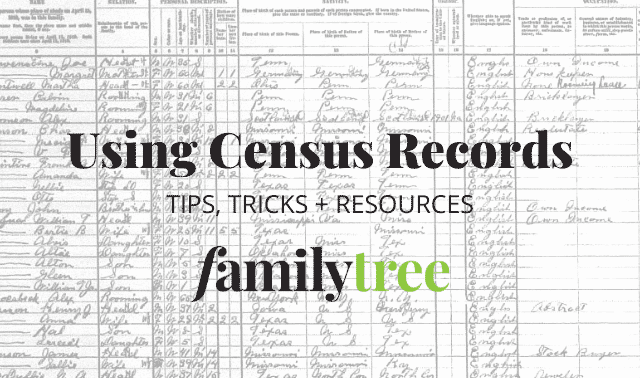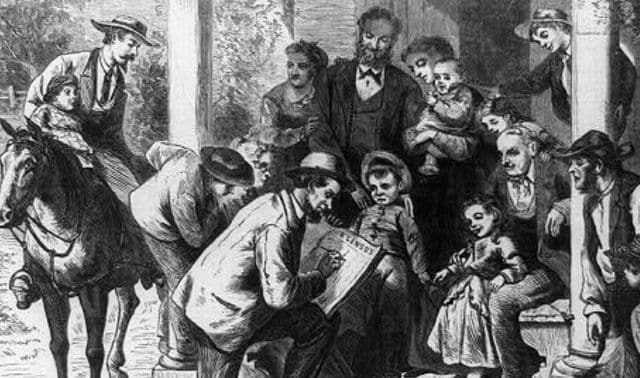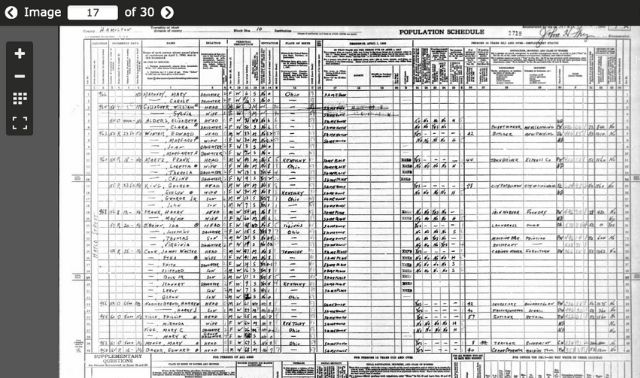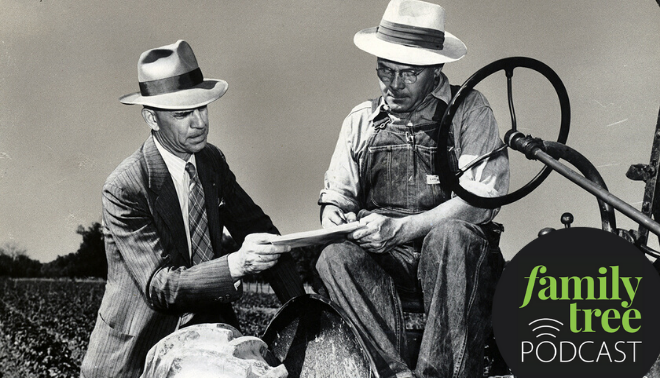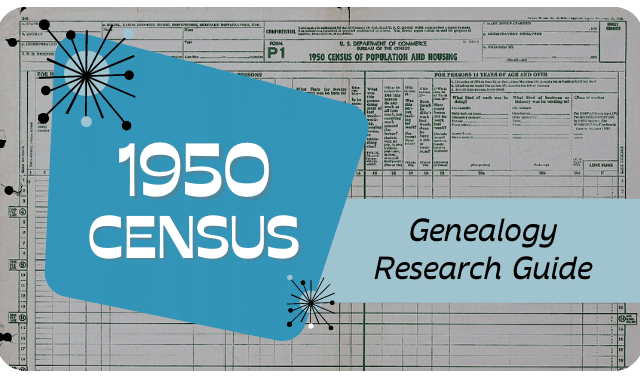Sign up for the Family Tree Newsletter! Plus, you’ll receive our 10 Essential Genealogy Research Forms PDF as a special thank you.
Get Your Free Genealogy Forms
"*" indicates required fields
Table of Contents
The 1830 enumeration—the first to use a standardized form—broke down ages even more finely: under 5, 5 to 10, 10 to 15, 15 to 20, and every 10 years to the novel “Over 100.” (Ages were reported as of June 1 for both censuses.)
A second page of the form records both slaves and “free colored” by gender and age: under 10, 10 to 24, 24 to 36, 36 to 55, 55 to 100, and 100 and up. There’s again a count of non-naturalized white foreigners. New questions ask about persons who are deaf and dumb, separated by white, slaves and free colored; and by age (under 14, 14 to 25, and 25 and up). Blind household members also were counted, but weren’t differentiated. That fine breakdown of ages can help narrow an ancestor’s birth year or make sure you’ve got the right match.
David Fryxell, “US Census Information Year-by-Year for Genealogists“
1830 Census Fast Facts
OFFICIAL
DATE
June 1
NUMBER OF
QUESTIONS
12
NUMBER OF
STATES
24
DECENNIAL
CENSUS NUMBER
5th
NOTABLE
QUESTIONS
Further age breakdown
Non-naturalized white foreigners
Deaf and dumb
Blind
10 LARGEST CITIES
New York City, NY
Baltimore, MD
Philadelphia, PA
Boston town, MA
New Orleans, LA
Charleston, SC
Northern Liberties township, PA
Cincinnati, OH
Albany, NY
Southwark district, PA
1830 Census Form Images
Page 1

Page 2

1830 Census Questions
- The number of free white males and females, respectively:
– under 5 years
– 5 to 10 years
– 10 to 15 years
– 15 to 20 years
– 20 to 30 years
– 30 to 40 years
– 40 to 50 years
– 50 to 60 years
– 60 to 70 years
– 70 to 80 years
– 80 to 90 years
– 90 to 100 years
– 100 years and upward - The number of slaves and free colored persons of each sex, respectively:
– under 10 years
– 10 to 24 years
– 24 to 36 years
– 36 to 55 years
– 55 to 100 years
– 100 years and upward - The number of white persons and the number of “slaves and colored persons” who were deaf and dumb aged:
– under 14 years
– 14 and under 25 years
– 25 years and upward - The number of white persons and “slaves or colored persons” who were blind, respectively
- The number of white persons who were foreigners not naturalized
United States Census Bureau, Index of Questions: 1830
Where can I find the 1830 census?
How to Read the 1830 Census
In 1830 Wilcox, Ala., my third-great-grandfather William Chapman appears as age 30 to 40—a perfect fit for the 1796 birth date I have for him. The female age 20 to 30 must be his wife, Mary (born in 1802). The two boys under age 5 fit sons Alpheus (born in 1827) and George (born in 1829).
If I knew the children’s birth order but didn’t already have dates for them, I could at least pencil in “1825 to 1830” as probable birth years for each. The female age 5 to 10 would be my great-great-grandmother Cornelia (born 1823). But who’s the extra male, age 20 to 30? That’s a mystery to solve—one of Mary’s brothers, maybe?—and a potential future clue.
Don’t freak out, however, if these early date ranges don’t always match: William Chapman is listed next door to his mother-in-law, “Mrs. Mary Clough,” whose age is given as 50 to 60. Obviously this is the right woman. Is my 1766 birth date for her wrong? [It appears] she fibbed about her age or the enumerator slipped up. In any case, because Mary’s a widow, I can pencil in her husband’s death date as before 1830.
David Fryxell
1830 Census Research Resources
Websites
Census.gov
1830 Fast Facts
1830 Overview
1830 Index of Questions
Cyndi’s List
1830 U.S. Federal Census Online Records and Indexes
Family Tree Wiki
United States Census 1830
RootsWeb
1830 U.S. Census
Books
Free Negro Owners of Slaves in the United States in 1830: Together with Absentee Ownership of Slaves in the United States in 1830 by Carter G. Woodson
FamilyTreeMagazine.com is a participant in the Amazon Associates Program, an affiliate advertising program. It provides a means for this site to earn advertising fees, by advertising and linking to Amazon and affiliated websites.


